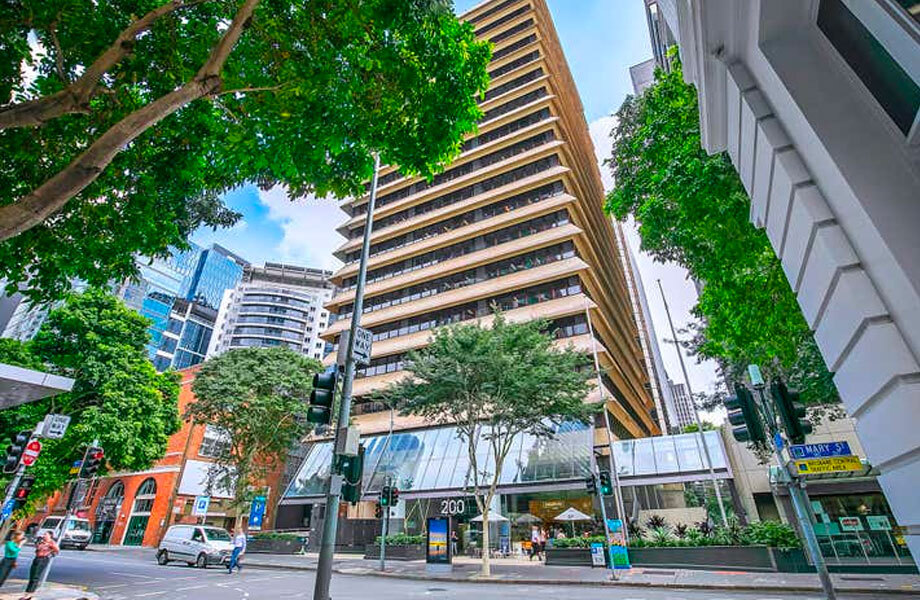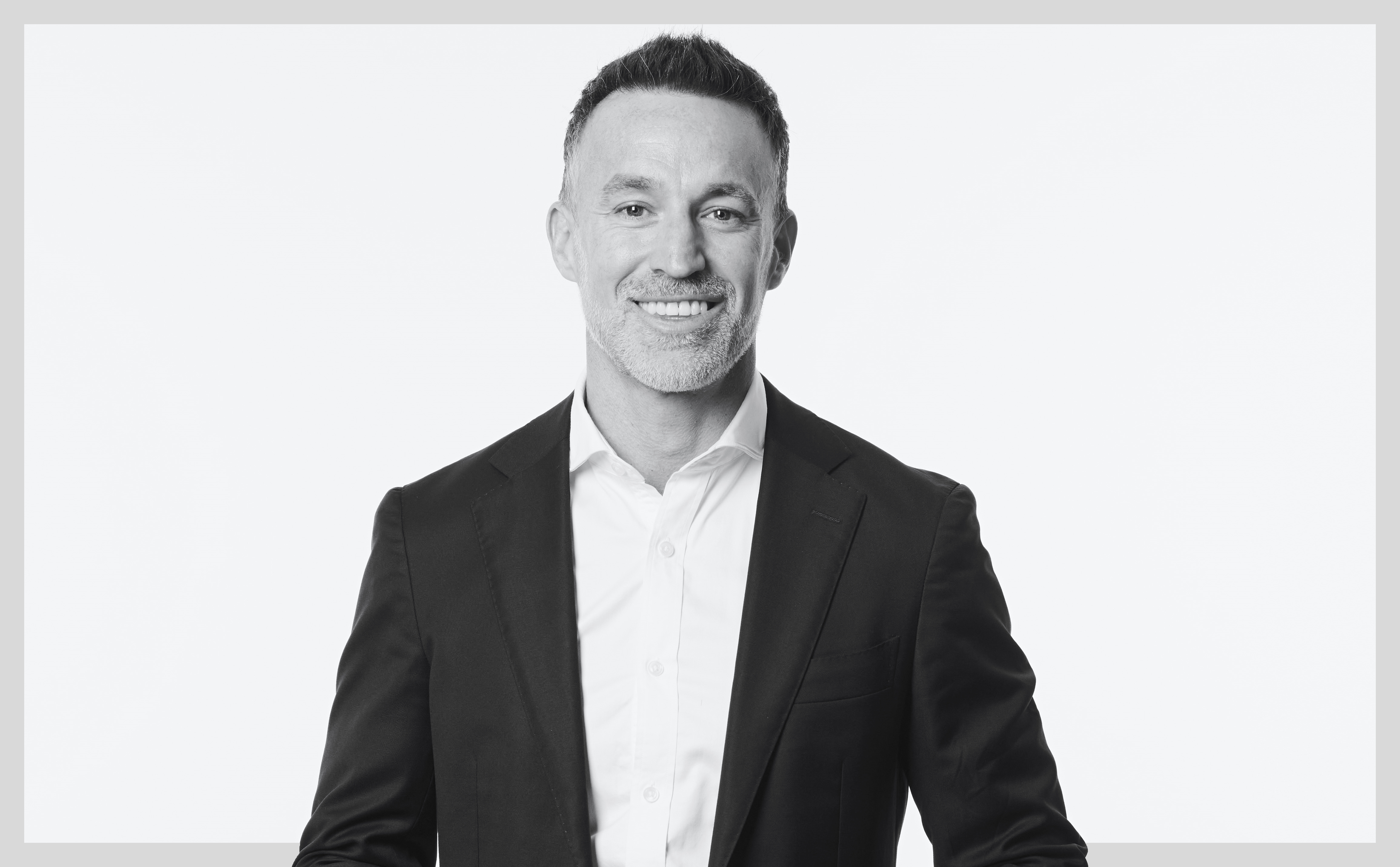"We are in the middle of a structural change in the way people buy goods and services."
Daniel Farley has worked in the investment space for just shy of two decades, taking up roles at some of the world's most reputable financial organisations. The Head of Direct Property at Wingate has spent time with respected companies like the Macquarie Group, EG Group, and NAB, but it's his commitment to creating growth and value that drives him above all else.
The investment mogul has been kind enough to take time away from training for the 100km Oxfam Trailwalker event to update Ready Media Group on the development of Wingate's Direct Property platform, and discuss some of the major trends evident within the property sector and wider economy today.
You joined Wingate to head the organisation's Direct Property division in October of 2020. How have the platform's priorities changed since you first came into this position?
Since October 2020, Wingate Direct Property has successfully acquired over $230 million of property via four direct transactions across a range of asset classes. We are committed to growing the platform, initially through the creation of a stable and reliable track record of single asset syndicates.
We are now nearing the critical mass required to commence a strategy-specific capital raise to create Wingate’s first closed-ended direct wholesale property fund. Given the headwinds being experienced in the broader economy, we believe that now is an excellent time to be seeking mispriced opportunities through strategic allocation, sourcing many prospective opportunities through distressed, motivated and/or capital constrained vendors. The fund will have a clear focus on delivering superior risk-adjusted returns.
Last year, after Direct Property acquired a Port Melbourne convenience store, you stated that you had seen "strong demand for these types of quality assets in an environment where many are searching for yield." As an investor, how much value do you place on yield, and what metrics do you consider more highly?
Different investors place varying levels of importance on distribution yields vs. total returns. As a manager it is our responsibility to identify the opportunities and clearly highlight the benefits and potential challenges, as no investment is without risk.
The majority of deals we assess follow a “core enhanced” return profile, meaning we target existing assets with the ability to generate elevated returns through the delivery of an active asset management strategy which may include physical upgrades, leasing initiatives and environmentally focused retrofitting. As such we seek assets with contracted income to deliver distributions during the hold period while looking also at deals offering a value uplift via improvements to physical appearance, net rental performance and leasing/covenant profile.

200 Mary Street, Brisbane QLD 4000 - Wingate's latest acquisition
You've previously indicated that you're primarily focused on office and industrial property. What are your thoughts on the incredibly tight industrial vacancy rates across all of Australia right now? How is this impacting Direct Property's investments?
We are in the middle of a structural change in the way people buy goods and services. It appears that we have experienced the bottom of the cycle as it relates to cap rates, we are therefore cautious of industrial properties with long WALEs and fixed growth profiles as we believe income growth will be the driver for outperformance in the current cycle, particularly in an environment of rising interest rates.
We still see potential for rental growth, particularly in logistics-based opportunities, however it’s important to be able to access the reversionary/new income within the short-to-medium term. We remain positive on assets showing shorter lease profiles and offering value-add potential via low site coverage, physical works programs and benefiting for being located in pockets showing a positive long-term trajectory for supply/demand.

2022 is set to be one of Wingate's biggest years to date
Finally, do you have any predictions for the coming year as to how the market might pan out, keeping in mind the RBA's raising of the cash rate over the past few months?
We‘ve already seen a cautionary pause in transactions and a repricing in stock that is being divested. Deals are taking longer to complete, with more falling out of the due diligence processes. Most listed players out of the buying space as share prices have come off, this combined with rising debt costs affecting feasibility pricing. Cap rates are expected to soften slightly, therefore income growth is critical to investment returns.
From a core perspective, the flight to quality and weight of capital is likely to assist in the holding of premium stock pricing to some extent. It’s the secondary space that may see some turbulence - and therefore opportunity.
For more insights from Australia's most influential people, check out "The Interview" - Ready Media Group's premier Q&A series.










